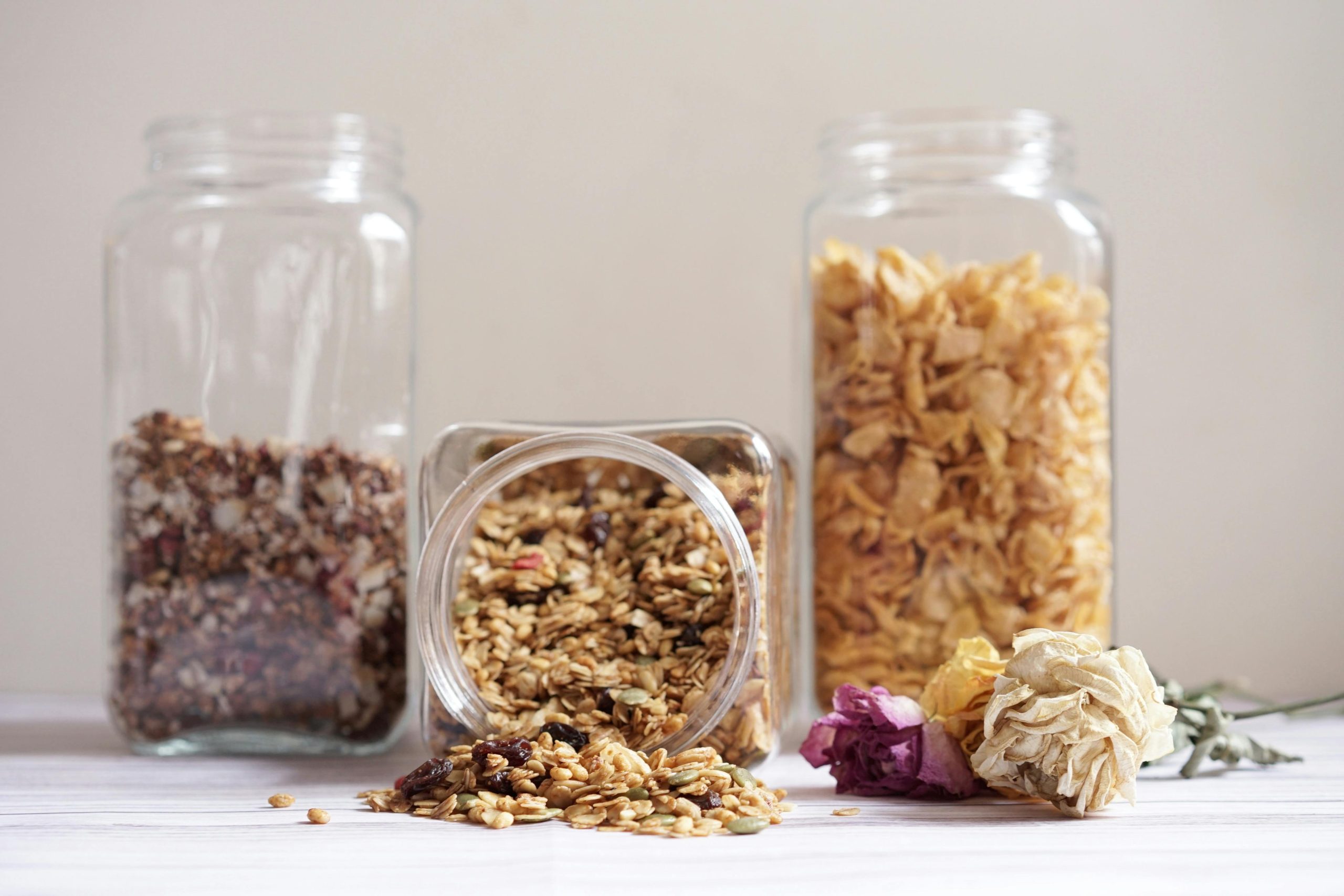Menu

In a world where convenience often trumps preparation, the art of prepping dried food goods for storage might seem like a lost art. However, as concerns about food security, sustainability, and emergency preparedness continue to grow, the wisdom of preserving and storing dried foods is experiencing a resurgence. Whether you’re stocking your pantry for emergencies, aiming to reduce food waste, or simply seeking to enjoy the fruits of seasonal abundance year-round, mastering the techniques of preparing and storing dried foods is both practical and rewarding.
Drying food is one of the oldest methods of food preservation, dating back thousands of years. The process involves removing moisture from food, which inhibits the growth of bacteria, yeasts, and molds that cause spoilage. This preservation method not only extends the shelf life of food but also concentrates its flavors, making dried foods versatile ingredients for a wide range of dishes.
The benefits of dried foods extend beyond preservation. They are lightweight and compact, making them ideal for camping, hiking, and other outdoor activities. Additionally, drying foods at home allows you to control the quality of the ingredients, ensuring that you’re consuming nutritious, chemical-free fare.
Before you embark on your journey of prepping dried food goods for storage, it’s essential to choose the right foods for drying. Many fruits, vegetables, herbs, and meats can be dried successfully, but some fare better than others. Ideally, select fresh, high-quality produce that is in peak condition. Avoid overripe or bruised fruits and vegetables, as they may not dry properly and could introduce mold or spoilage.
When selecting meats for drying, opt for lean cuts with minimal fat content, as fat can turn rancid during storage. Additionally, be mindful of the seasonings and marinades used, as highly acidic or salty ingredients may affect the drying process and shelf life.
There are several methods of drying foods, each suited to different types of produce and available resources. The most common methods include air drying, sun drying, oven drying, and using a food dehydrator.
Air drying, also known as natural drying, is perhaps the simplest and oldest method of food preservation. It involves spreading food thinly in a well-ventilated area and allowing it to dry slowly at room temperature. Air drying is suitable for herbs, chilies, mushrooms, and some fruits like apples and pears.
Sun drying harnesses the heat and energy of the sun to dry foods naturally. It requires warm, dry weather and low humidity levels for optimal results. Fruits such as apricots, tomatoes, and figs are particularly well-suited for sun drying.
Oven drying is a convenient method for those who lack outdoor space or live in regions with unpredictable weather. It involves placing food on baking sheets and drying it at a low temperature in the oven. While oven drying works well for fruits, vegetables, and herbs, it may not be suitable for meats or foods that require prolonged drying times.
Food dehydrators are specialized appliances designed to remove moisture from foods quickly and efficiently. They offer precise temperature control and airflow, ensuring consistent results. While food dehydrators require an initial investment, they are versatile and can dry a wide range of foods, including fruits, vegetables, meats, and herbs.
Regardless of the drying method chosen, proper preparation is essential to ensure successful results. Here are some general guidelines for preparing foods for drying:
Proper storage is critical to maintaining the quality and safety of dried foods over time. Follow these guidelines to ensure your dried goods remain fresh and flavorful:
Prepping dried food goods for storage is a time-honored practice that offers numerous benefits, from extending shelf life to enhancing flavor and nutrition. By selecting the right foods, employing suitable drying methods, and practicing proper storage techniques, you can enjoy a bounty of delicious and nutritious dried foods year-round. Whether you’re stocking your pantry for emergencies or simply embracing a more sustainable lifestyle, the art of drying and storing foods is a skill worth mastering. So roll up your sleeves, sharpen your knives, and embark on a journey of culinary exploration and self-sufficiency that will nourish both body and soul.
Our knowledgeable and friendly customer support team is ready to assist you with any inquiries you may have. Whether you need information about a product, have questions about your order, or seek guidance on preparedness strategies, we’re just a message away.
Email: info@thesurvivalprepper.com
Phone: 1-702-900-8863